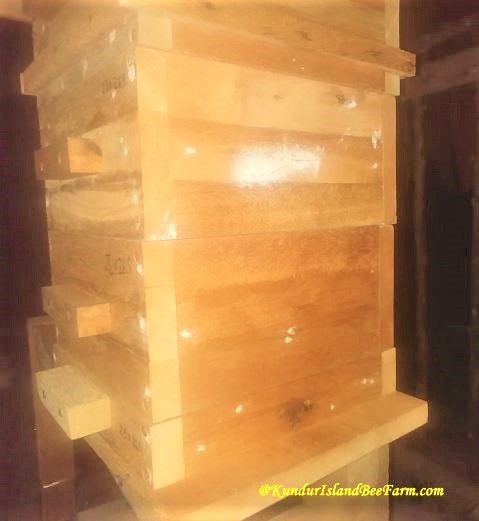Our apiary is located in the midst of coconut plantations in the south of Kundur Island, Riau Archipelago, Indonesia. We rear two types of local wild bees:
- Apis cerana (Asian Honey Bee)
A. cerana looks similar to its European cousin, Apis mellifera, but smaller in size and produces less honey. However, its comb is superior because its fully edible. It melts in the mouth when chewed, unlike European honey bee’s comb which leaves a chewing-gum-like lump which one usually has to spit out.
- Trigona sp. (Stingless Bee/Kelulut)
We have a few species of native stingless bees. They are much smaller in size than honey bees, do not have yellow stripes on their abdomens nor a stinger at the rear end. They produce very small amount of honey with taste that ranges from sweet to sour, depending on the bee species and source of nectar. However, the honey is highly prized by the locals who believe it has higher medicinal and nutritional properties than the common honey.
To ensure our honey is the healthiest possible, we do not feed bees with sugar solution, process or pasteurise our honey. It is “living” honey, with all its natural enzymes, pollens and microbiome.

